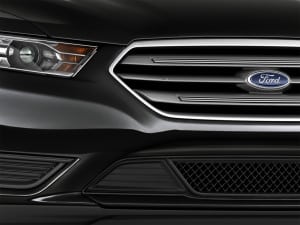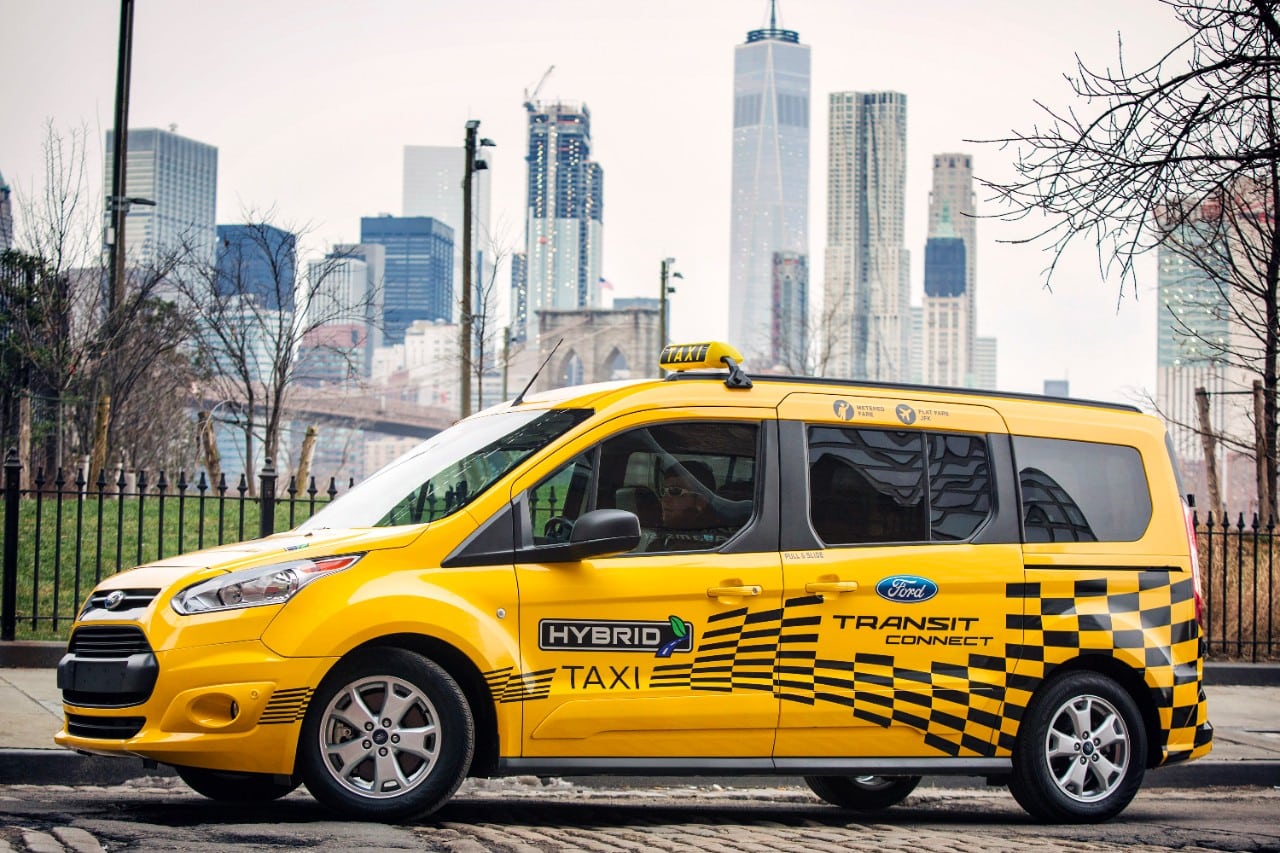The quest to make vehicles more fuel efficient is not just a consumer trend. Fleets, including municipal and government fleets, have long been interested in higher levels of fuel efficiency to save money in what are often tight budgetary conditions. Police and first responders are not immune from this.
 Ford has a new police vehicle equipped with a 2.0-liter EcoBoost engine which, in a vehicle well-known in law enforcement: the Police Interceptor. Equipped with the EcoBoost engine, the Interceptor achieves 24 mpg combined (20 city, 30 highway). Compared to the nearest competition with 21 mpg combined, that is not bad.
Ford has a new police vehicle equipped with a 2.0-liter EcoBoost engine which, in a vehicle well-known in law enforcement: the Police Interceptor. Equipped with the EcoBoost engine, the Interceptor achieves 24 mpg combined (20 city, 30 highway). Compared to the nearest competition with 21 mpg combined, that is not bad.
Three MPG may not sound like much, but the average police department in the U.S. puts about 30,000 miles on a police cruiser per year. Three MPG over thirty thousand miles adds up. It’s a difference of about $85,980 over three years in a fleet of just fifty vehicles.
To help achieve best-in-class fuel efficiency, the special service police sedan will offer Active Grille Shutters that manage airflow to optimize the balance between engine cooling and aerodynamics. With the addition of the new engine, Ford remains confident in its “Power of Choice” strategy that includes not only retail customers, but fleet customers as well.
The new Special Service Police sedan equipped with the 2.0-liter EcoBoost retains all the essential police DNA that goes into pursuit-rated Police Interceptor sedans, including safety and durability features. Plus it is upfit-friendly and purpose-built. Commonality of parts remains an integral part of the special service police sedan.







